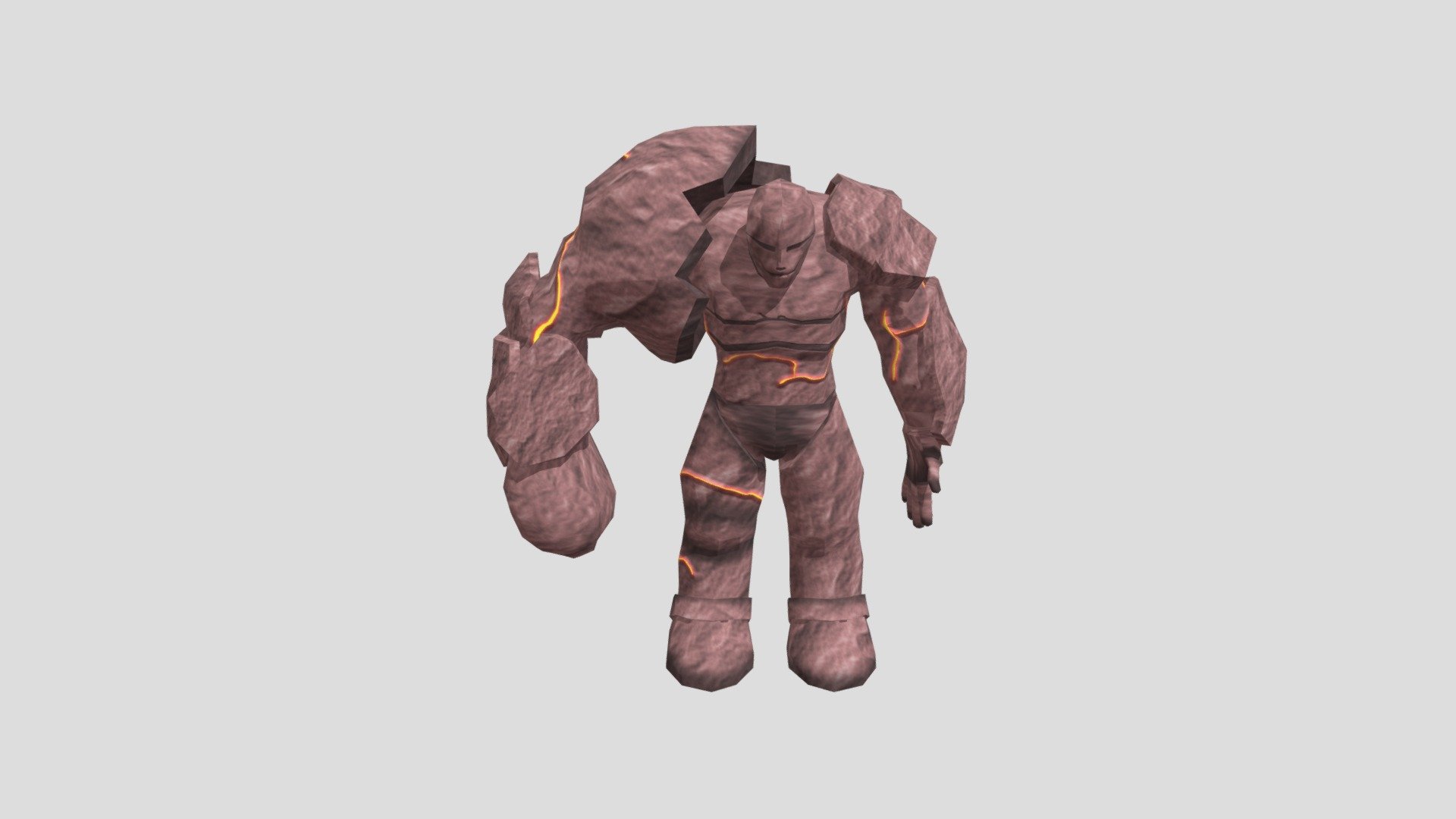
Chip Version 2
sketchfab
Creating a 3D model for a portfolio class requires understanding the subject matter and staying organized to meet deadlines effectively. The first step is to gather all necessary resources, including textbooks, notes, and any other relevant materials. Next, it's essential to identify the key points that need to be included in the presentation. This can be achieved by breaking down the topic into smaller sections and creating a detailed outline. A well-structured approach involves using headings, subheadings, and bullet points to make the information easily accessible. It is also important to proofread the content multiple times to ensure accuracy and clarity. Once the text has been finalized, it's time to focus on visual aids such as charts, graphs, and images. These elements should be carefully selected to enhance the overall presentation without overpowering the message. When creating a 3D model for George Mason Portfolio Class, it is crucial to consider the target audience and tailor the content accordingly. For instance, if the presentation is intended for an academic setting, it may be necessary to include technical terms and complex concepts. On the other hand, if the presentation is meant for a more general audience, it may be beneficial to use simpler language and more engaging visuals. Ultimately, creating a 3D model for a portfolio class requires attention to detail, effective time management, and a willingness to adapt to changing circumstances. By staying focused on the goal and utilizing various tools and resources, it is possible to produce a high-quality presentation that effectively communicates the desired message.
With this file you will be able to print Chip Version 2 with your 3D printer. Click on the button and save the file on your computer to work, edit or customize your design. You can also find more 3D designs for printers on Chip Version 2.
